In Photos: Huge Icebergs Break Off Antarctica

Antarctica, Iceberg Maker
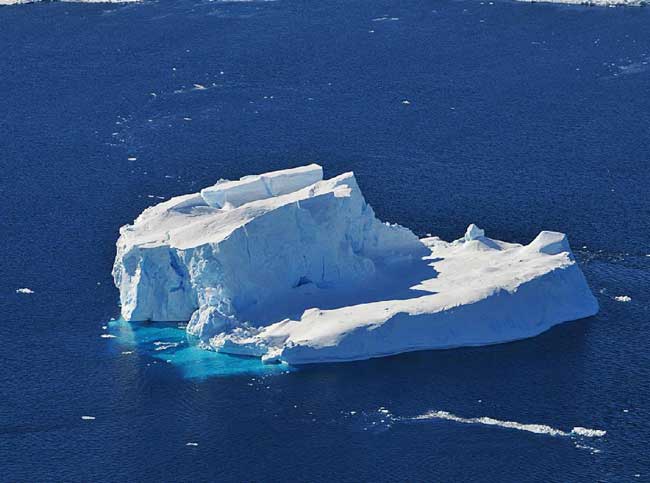
Icebergs come in myriad shapes, large and small. This photo was taken out the window of a NASA DC-8 research aircraft from 2,000 feet above the Amundsen Sea in West Antarctica on Oct. 21, 2009.
Antarctica, Iceberg Maker
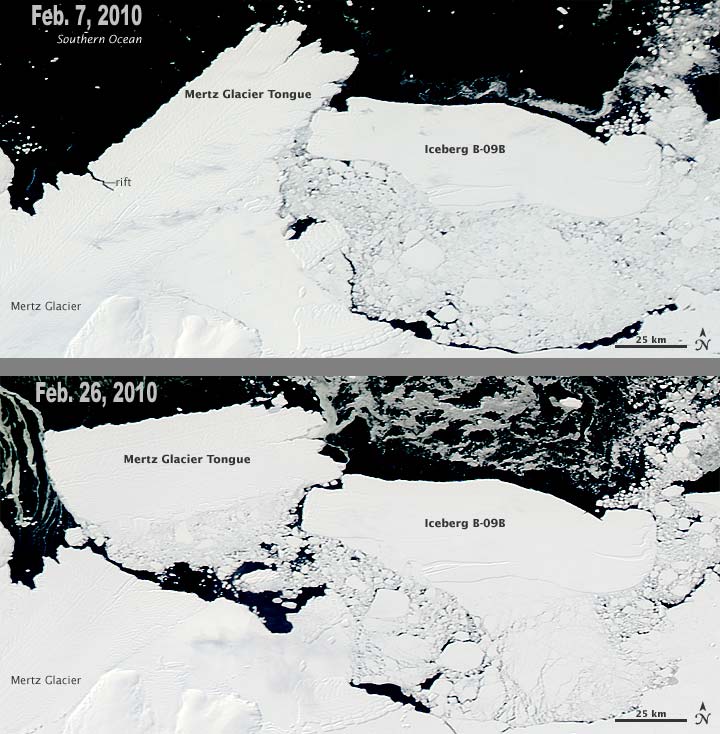
The iceberg B-09B is seen crashing into the Mertz Glacier tongue in Antarctica in these images from NASA's Aqua satellite. The images, taken in February 2010, show the iceberg and glacier tongue immediately before and after the collision, when the glacier tongue broke off to form a new iceberg. B-09B is about 58 x 24 miles (94 x 39 km) in size (similar to the state of Rhode Island. The new iceberg is 48 x 24 miles in size. The water beyond the tongue and the iceberg is black in these images, and contains far less ice.
Antarctica, Iceberg Maker
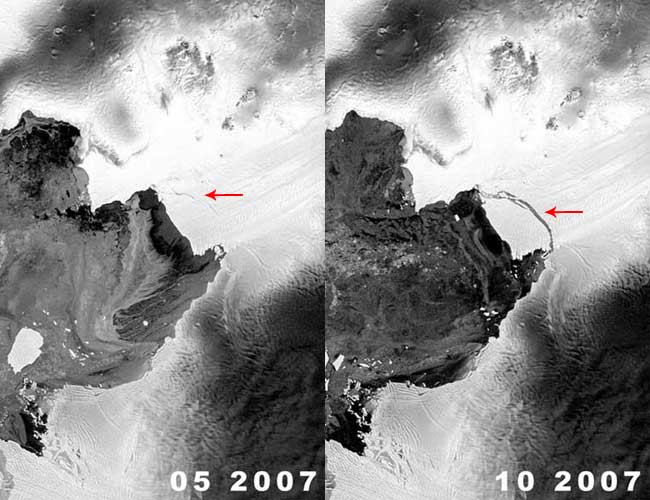
Satellite images taken over a year's time, ending in October 2007, showed the birth of an iceberg as it broke away from its parent glacier in Antarctica and drifted out to sea. The Envisat image shows a crack beginning to form in the Pine Island Glacier (left image). This crack eventually caused a new iceberg to break off the glacier in (right image).
Antarctica, Iceberg Maker

In late 2009, at least a hundred icebergs were spotted trekking from Antarctica toward New Zealand, including this one at Bauer Bay on the west coast of Macquarie Island.
Antarctica, Iceberg Maker
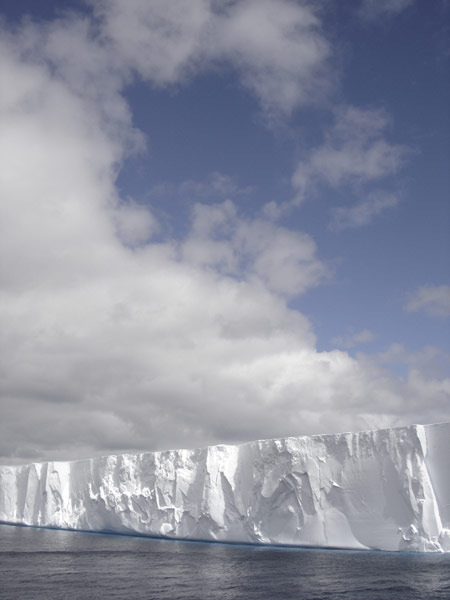
The ever-increasing number of free-floating icebergs breaking off Antarctica are serving as "hotspots" for life, with seabirds swooping above and complex webs of marine life teeming below, a study in 2007 found. The floating icebergs transport material from the continent and release it further out at sea as they melt, scientists discovered. Iceberg W-86, one of the two icebergs in the study, in shown during December 2005 in the Weddell Sea.
Antarctica, Iceberg Maker
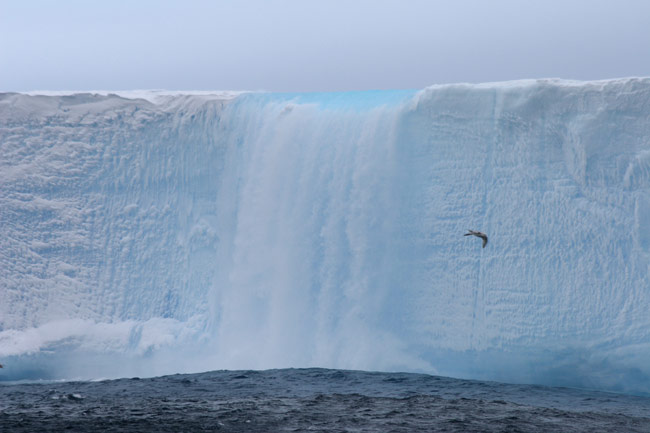
Melt water cascades from the top of iceberg A-52, which was part of the study revealing that floating icebergs serve as havens for sea life.
Antarctica, Iceberg Maker

Back in 2005, a huge wandering iceberg tore up the Antarctic like a slow-moving bull in a frozen China shop. This satellite image from May 16, 2005 shows the bottle-shaped B-15A iceberg adjacent to the landfast Aviator Glacier ice tongue, toward the top of the image. The Drygalski ice tongue, near the bottom, was struck a glancing blow by the drifting B-15A a month earlier. Pieces of Drygalski broken off by the blow can be seen drifting through the sea on either side of B-15A.
Get the world’s most fascinating discoveries delivered straight to your inbox.

